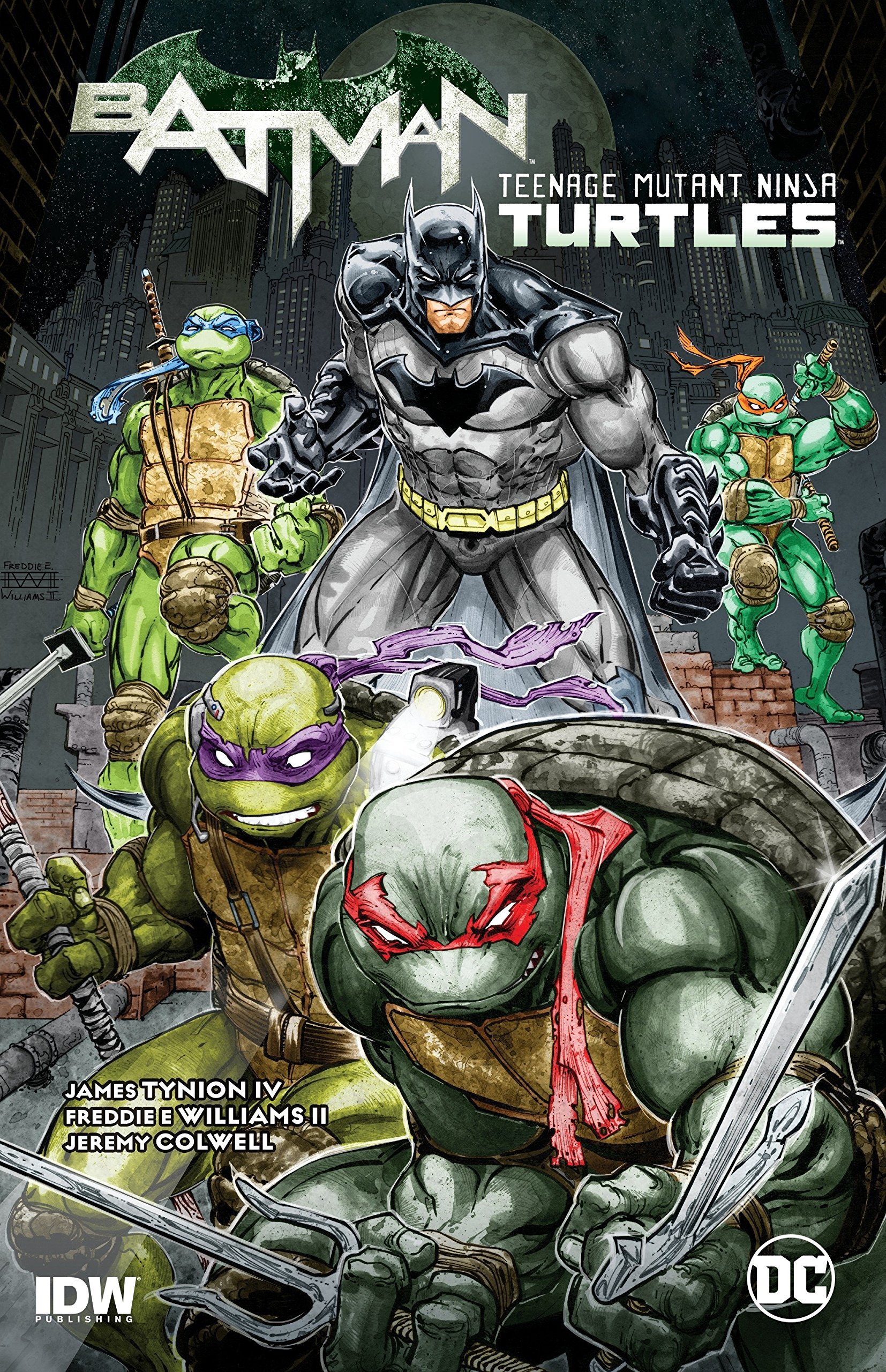The Man Without Fear...By The Year: 1975
By Bruno Savill De Jong — It’s 1975. Bill Gates and Paul Allen found Microsoft, the Apollo-Soyuz Project is the first international space mission (signalling détente between the US and Soviet Union), and Saigon surrenders to the South Vietnamese, definitively concluding the Vietnam War. People are listening to “Bohemian Rhapsody,” watching Jaws, and reading Daredevil.
Written by Gerry Conway (118), Tony Isabella (119-123), Len Wein (124), Marv Wolfman (124-128)
Illustrated by Don Heck (118), Bob Brown (119-123, 125-128), Gene Colan (124)
Inks by Vince Colletta (118, 120-123), Don Heck (119), Klaus Janson (124-128)
Colors by Petra Goldberg (118, 120, 127), Stan Goldberg (119), Don Warfield (121), Janice Cohen (122), George Roussos (123), Michelle Wrightson (124), Klaus Janson (125), Michelle Wolfman (126, 128)
Lettered by Karen Pocock/Mantlo (118, 121-123), Dave Hunt (119), Ray Holloway (120), Joe Rosen (124, 127-128), John Costanza (125), Irv Watanabe (126)
“1975, you just might be the year of the Hornhead!” Daredevil shouts after he’s resettled into New York City. It’s an optimistic boast, as even though Matt Murdock has returned “home” he lacks a clear direction in the mid-70s. 1975 even shows Matt doesn’t have a proper job (being unattached to a law firm) and only gets a new brownstone apartment late into the year (in Daredevil #128). Daredevil and the Black Widow’s years in San Francisco at least tried to push Daredevil out of its comfort zone. Now Matt admits to himself “I know I can’t ever really leave New York,” but what should he do with himself now that he’s come home?
For one thing, Daredevil isn’t quite done yet with the Black Widow, who comes to visit Matt in New York. As usual the two’s romantic passion is volatile, since Natasha feels Matt side-lines and undermines her. Matt himself wonders “can’t I cope with a woman who’s strong all the time,” can he abide not being the solo protector. Daredevil has traced this dynamic before, but Natasha’s mixed feelings remain interesting and have more space to breathe in these issues. Matt is also aware his “‘male chauvinist piggness’ has been showing through a bit too much of late,” perhaps commenting on previous writers having him “playfully spank'' Natasha and surprise her with Foggy Nelson’s New Year’s Eve party, whom Natasha still begrudges for putting her on trial in 1971.
Foggy sways Natasha, however, after he saves her life by surrendering himself to HYDRA. The evil organisation wants Foggy since he’s been selected as a candidate for S.H.I.E.L.D.’s new oversight council, Nick Fury (in a possible Watergate reference) explaining Presidential oversight has been revoked. This story-arc is handled by Tony Isabella, who brings a surprising amount of self-aware humour. One sequence has Daredevil give up his seat on the subway for an old lady, another has lawyers chatting in the courthouse during the Hydra-Piller attack (with Isabella captioning “we know the name is silly, but that’s what rascally Roy Thomas called them”). Isabella’s story-arc churns through multiple supervillains recruited by Hydra, but the light humour and Natasha’s emotional investment make it an entertaining read. Plus, it builds to a great punchline, when Foggy is finally rescued from HYDRA and Fury re-inquires about the S.H.I.E.L.D. position, Foggy looks around the destroyed battlefield and simply says “I don’t think so.”
Afterwards writing duties are transferred to Marv Wolfman, his first issue illustrated by long-term Daredevil penciller Gene Colan and co-written by Editor-in-Chief Len Wein. Marv Wolfman himself took over as Editor-in-Chief in 1975, Daredevil again showing Marvel’s chain-of-succession. Wolfman doesn’t look back at his Daredevil with particular fondness, stating in interviews “I was never very happy with my DD – I never found the thing that made him mine.” Wolfman’s hampered ideas are hilariously apparent in Daredevil #128 when Daredevil battles Death-Stalker with an unnamed “sky-walker” – apparently a human making his way back to an alien planet – randomly appearing with no proper set-up or later pay-off.
But Wolfman’s stories aren’t so bad, even if they’re slightly forgettable, returning Daredevil to a more serialised format against new threats. Although an interesting connection is how these villains don’t consider themselves to be so. Copperhead bases himself on a pulp hero from ‘30s magazines, only he takes lethal force against any criminals who oppose him, including jaywalkers and Daredevil. Superheroes themselves evolved out of pulps, but Daredevil shows how morality has shifted from those early days. The Torpedo (unrelated to the hired goon from Daredevil #59) is actually a Soviet “scientist trapped behind the iron curtain” who is trying to prevent his research being exploited. When a building collapses on him during a misunderstanding with Daredevil, Torpedo hands his equipment over to ex-quarterback Brock Jones, who has been vying for his former heroic sense of purpose. The “new” Torpedo then tries to continue the mission, only to be confronted by Daredevil again, and their egotistical battle ends up destroying a suburban family home.
Daredevil is reprimanded for this wanton destruction and for being more about “action” than “saving” anyone. It’s enough to make him quit the whole vigilante “kid-game,” even if he quickly resumes it the very same issue. Matt gives his version of Spider-Man’s famous mantra; “I’ve got special abilities, and because of that, I’ve got responsibilities – not only to myself, but to everyone.” Still, the question of “whose side” Daredevil is on comes up several times in 1975. A black civilian calls Daredevil a “jive cop” and a white commuter thanks Daredevil for being a “right-thinking superhero” who, unlike Spider-Man, works with the establishment, making Matt visibly uncomfortable. After all, Daredevil’s alignment with D.A. Foggy Nelson means Matt can be bent towards the governing regime. So Daredevil intentionally distances himself from Foggy and the NYPD when they try to bring him into questioning, Matt thinking how Foggy being beholden to electoral forces pushes him into stances he doesn’t believe in.
Such external pressure is matched by Daredevil’s internal angst. In 1971, Gerry Conway filled Matt’s thoughts with self-doubt but they largely slipped away in the interim. Now Marv Wolfman has Matt think “lives don’t mean anything to you, do they? All you’re looking for is an escape from reality.” Although his bottled frustrations are somewhat released by Heather Glenn, who is literally thrown into Matt’s life by showing up in his apartment (believing it to be her ex-boyfriends) and leaping at the “handsome” lawyer. Heather’s self-described “kooky” attitude and unrestrained flirtation is a marked contrast from Matt’s typically coy love interests, but it’s a more open (and perhaps more “devoted”) dynamic that Matt seems to thrive on.
Daredevil laments how “the world has grown a lot more complex since I first donned this suit.” Matt may now be firmly back in New York, but it’s not the same as it was. Daredevil #119 even features his father “Battling Murdock” trainer Pop Felton in Fogwell’s Gym (from Daredevil’s origin), which is destroyed by the Crusher. But before that Felton muses how Irish-American immigrant struggles continue on, “only the names themselves have changed – Ravere and Ortez and the like. And these new people are up against everything our grandparents were and more.” The world has changed, and so has Daredevil, with collateral damage and more self-awareness. But it still features colourful supervillains and internal angst and struggles for justice that prove never-ending.
Check out past installments from The Man Without Fear…By The Year!
Check out Bruno Savill De Jong’s last regular series, Gotham Central Case by Case!
Bruno Savill De Jong is a recent undergraduate of English and freelance writer on films and comics, living in London. His infrequent comics-blog is Panels are Windows and semi-frequent Twitter is BrunoSavillDeJo.












